By the time the 1940's the horror movie was now fully established in cinema. The Second World War gave the world true horrors which was often reflected on the big screen. Other filmmakers took a different route and used scary flicks as a means of pure escapism. The Universal Monsters proved they still had plenty left in the tank, while producer Val Lewton brought a moodier and psychological style to horror flicks.
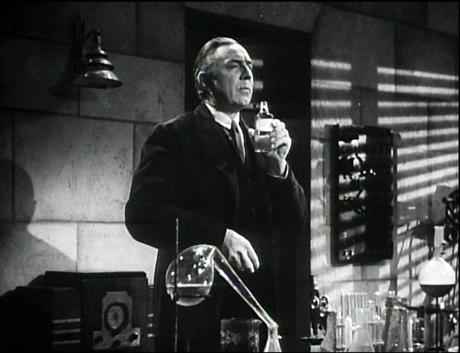
The Devil Bat(1940): Dr. Carruthers realizes that those who employ him are merely exploiting his brilliance for wealth he will never see. Seeking revenge, he develops a species of large bats trained to kill his enemies via an aftershave lotion. Developed by a lowly Poverty Row studio, it played to the fact that the major studios had neglected the horror genre. They nabbed a star in horror icon Bela Lugosi and brought the genre back to the big screen.
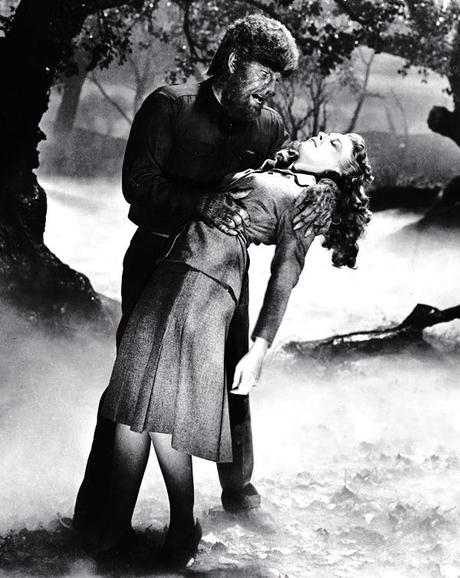
The Wolf Man (1941): When the wolfbane blooms and the autumn moon is bright, the fearsome Wolf Man emerges. In the classic film which revitalized the Universal Monsters, Larry Talbot returns to his family's estate in England. But a trip to a gypsy carnival leaves him bitten by a werewolf. This begins to drive Talbot mad as he knows that when the full moon rises he will become a vicious monster. This cinema classic proved to be the starmaking vehicle for Lon Chaney Jr. who would be forever tied to the horror genre. Read my Retro Review .
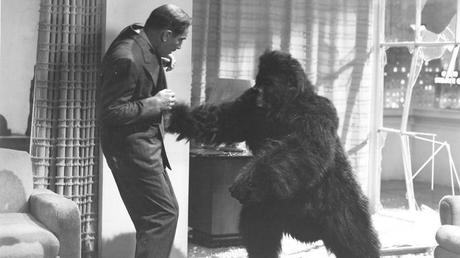
The Monster and the Girl (1941): An obscure gem of a film for those who can find it. A young man is framed for a murder which ultimately leads him to the electric chair. After his death, an unorthodox scientist played by B-movie staple George Zucco places his brain into the body of a gorilla. In this new state, he learns his sister is being forced into prostitution by a local crime boss. With his new gorilla strength he will have his revenge. Despite it's sensational title and silly premise, the Monster and the Girl is a far better movie than you are no doubt expecting. Every single person who worked on this film put forth their best effort leading to an incredibly enjoyable film.
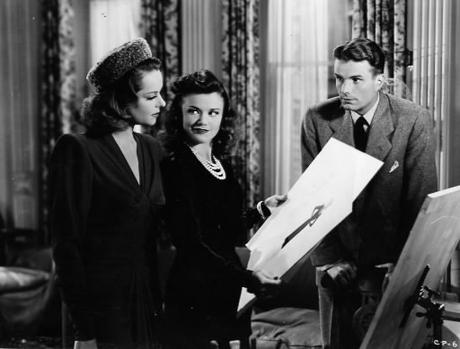
Cat People (1942): As monsters were the go-to for cinematic scares, producer Val Lewton decided to go in a different direction. The scares in his moody films were rooted in psychology. Cat People is a prime example, as it's main character Irena believes her ancestors could transform in pathers when aroused. This belief is put to the test when she marries a man named Oliver, who begins to show interest in another woman. With her emotions running high, it is only a matter of time before Irena's panther side is released.
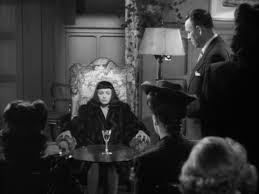
The Seventh Victim (1943): Another of Val Lewton's best which takes viewers into the dark chambers of a secretive cult. After her sister goes missing, Mary drops out of school to find her. She discovers her sister had been lured into a cult in Greenwich Village and is destined to be the seventh victim of the cult to be sacrificed. Playing the lead in this film was Kim Hunter in her film debut.
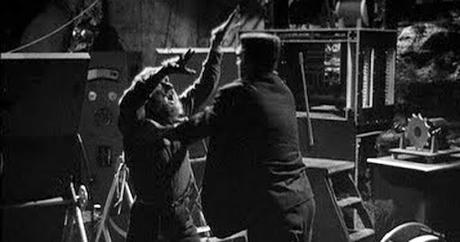
Frankenstein Meets the Wolf-Man (1943): While cinematic universes may be all the rage today, this concept began decades ago with the Universal Monsters, in particular this movie of the franchise. Unable to rest in peace due to the wolf inside of him, Larry Talbot return to the living. The only hope he has for curing his lycanthropy is to find the infamous Dr. Frankenstein. He ventures to Frankenstein's Castle where he discovers the monster frozen after the events of Ghost of Frankenstein. Inevitably these two titans of terror are bound to clash.
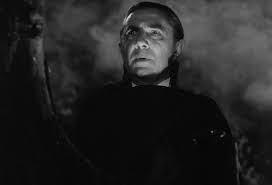
The Return of the Vampire (1943): Seen by many as a spiritual sequel to 1931's Dracula sees Bela Lugosi take on the vampiric role of Armand Tesla. In the midst of the London Blitzkrieg, a bombshell reawakens Tesla to stalk the night once again. He is ready to once again engage in his rivalry with Lady Jane, the woman who staked him years before. Often cited as one of the most underrated vampire films, Return of the Vampire would be the final time Bela Lugosi received top billing for an A-studio picutre.
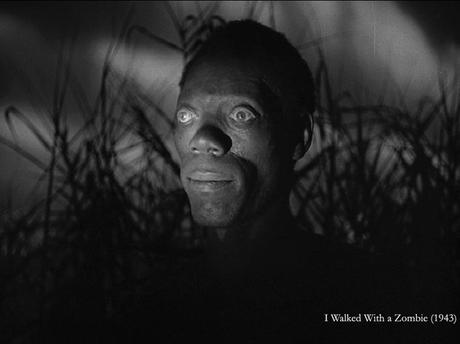
I Walked With a Zombie (1943): Val Lewton's take on the zombie film takes a naive white nurse to the Caribbean to encounter the undead. Directed by one of Lewton's most reliable directors, Jacques Tourneur, takes the young nurse Betsy from her home in Canada to the home of a plantation owner and his ill wife. With nothing helping the woman's condition, Betsy begins to hear from the locals that she is in fact a zmobie and the only way to cure her is through a voodoo ritual. This terrifying flick easily ranks among the best zombie films ever.

La Main du diable/Carnival of Sinners (1943): Struggling to make a living as a paint, Roland is offered the chance to purchase severed left hand from a chef who claims it is supernatural. With this talisman his fortune changes, but inevitably this comes at a price. Roland begins to learn the horrifying truth behind his new acquisition and hopes that he can find a way to pass it on before it is too late.

Phantom of the Opera (1943): The feared Gaston Leroux creation had not stalked the Paris Opera House since the 1925 Lon Chaney film. In 1943, Universal brought the Phantom back to the big screen, this time in vivid Technicolor. Claude Rains dons the iconic to play a man who is horribly scarred by those who run the opera. But this is not going to stop him from mentoring the singer Christine, Soon he begins to terrorize the opera house as the Phantom. Easily the most theatrical of the Universal Monster films, Phantom of the Opera picked up Oscars for its cinematography and art direction.
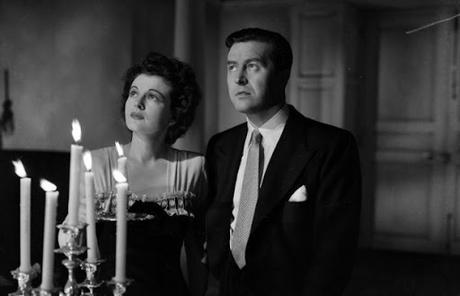
The Uninvited (1944): Today the haunted house is a staple of horror cinema, and it all started in this eerie classic. When siblings, Roderick and Pamela Fitzgerald fall in love and purchase mansion they have no idea of the history it holds. A supernatural presence in the home begins to terrorize the siblings. Trying to get to the bottom of it, they discover that the haunting is tied to the granddaughter of the man who sold them the property. A chilling haunted house flick, the Uninvited is made even better by it's Academy Award nominated leads Ray Milland and Ruth Hussey. Read my Retro Review .
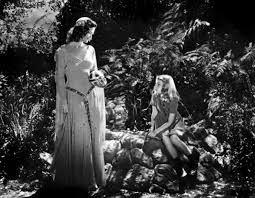
Curse of the Cat People (1944): With the success of Cat People, Val Lewton followed it up with a sequel. Following the events of the first film, Oliver and his wife have a daughter who claims to see the spirit of Irena. Naturally this causes a rift in the family as Irena's spirit begins to exert influence over the young girl. While the film is a fan favorite it has been pointed out by multiple people that it only holds a small resemblance to the first film.
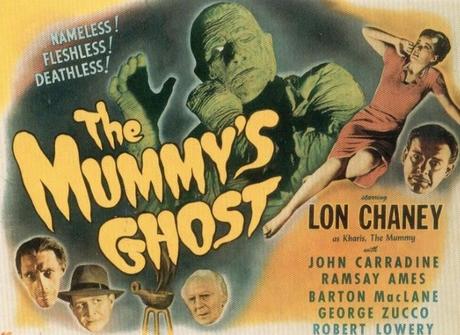
The Mummy's Ghost (1944): Arguably the best of Universal's sequels to Mummy, sees Lon Chaney Jr. wrapped in bandages as Kharis. Once again resurrected by the cult who serves him Kharis is brought forth by brewed leaves. This time they travel to America in order to find the reincarnation of his soulmate Princess Ananka. But Yousef Bey, the man charged with keeping the mummy on task begins to form his own agenda.
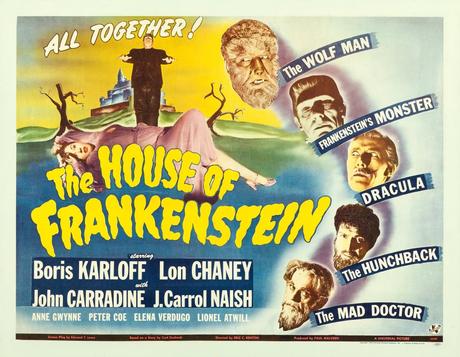
(1944): If Frankenstein Meets the Wolf-Man established a shared universe among the Universal Monsters, this is where it all came together. A mad scientist and his hunchbacked assistant escape from prison and set out to take revenge on their jailer and continue the work of Dr. Frankenstein. Viewers get nothing short of a full monster mash as the two psychos cross paths with Count Dracula, the Wolf Man, and of course Frankenstein's monster.
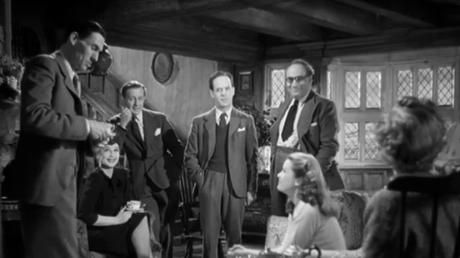
Dead of Night (1945): This moody anthology flick is personally one of my favorite films from British cinema. An architect is invited to a gathering at an isolated estate. Soon everyone these begins to share tales of the supernatural as they learn how they are all tied together by a series of dreams. An absolutely chilling film which will have audiences hooked until the end. To this day filmmakers still draw inspiration from this masterpiece.
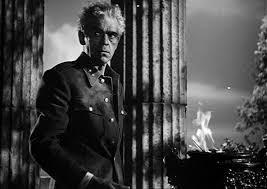
Isle of the Dead (1945): A brilliant teaming of Val Lewton and horror icon Boris Karloff. In the midst of the first World War, General Pherides visits the island of his wife's final resting place only to find her remains missing. He finds the citizens of this island are terrified of a plague. While a lone doctor argues logic, others believe it is because of a supernatural force. Up to date this was the highest grossing of Lewton's films.
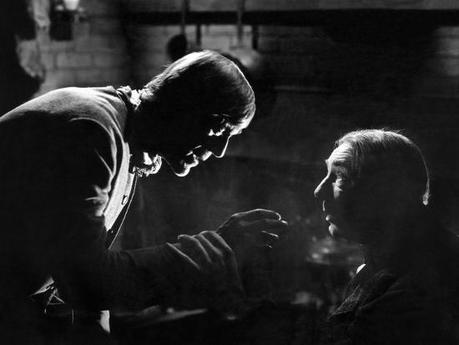
The Body Snatcher (1945): Boris Karloff, Bela Lugosi, and Val Lewton collaborated on what is easily one of the highlights on all of their careers. Directed by the great Robert Wise in the early stages of his career, Karloff plays John Gray, a coach driver who secretly robs graves for a local doctor and his medical students. Naturally the amoral cabbie begins to rely on more violent means to get the bodies, he lords over the doctor threatening to expose the operation.
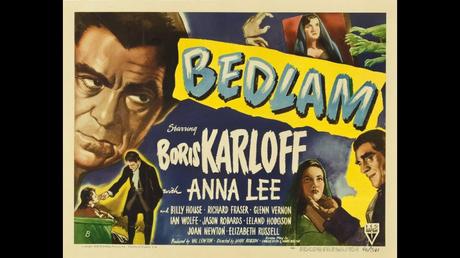
(1946): The final film, Boris Karloff and Val Lewton worked on together. In the halls of England's darkest asylum, Master George Sims ensure those under his care suffer. While he is able to keep some off his back, a young man threatens to shut down the asylum and expose what Sims is doing. The only way to stop this meddler from ruining everything is to craft a plot to have him turned into a patient at Bedlam as well.
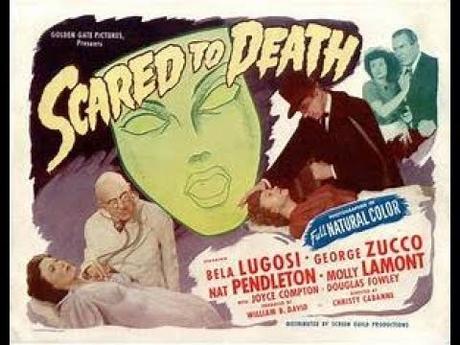
Scared to Death (1947): A combo of horror fan favorites Bela Lugosi and George Zucco. A woman is found having died of fright, and the film takes us through what led to this moment. What follows is a strange film wherein we learn of her past tied to a magician and a strange green mask.
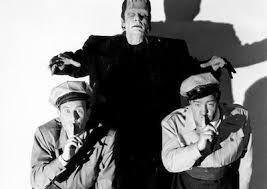
Abbott & Costello Meet Frankenstein (1948): Throughout this decade Universal Studios realized they had two surefire hitmakers. One was their stable of famous monsters and the other were comedy duo Bud Abbott and Lou Costello. Naturally the idea came about to combine the two. Playing two deliverymen, Abbott and Costello accidentally awaken Count Dracula who needs the brain of a simple minded fool to put into the body of Frankenstein's monster. The return of Dracula draws the attention of Larry Talbot to the fray along with his furry alter ego. This movie works because it allowed the burlesque comedians to be their funny best, but at the same time they took none of the fear factor away from the monsters.

